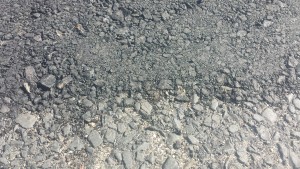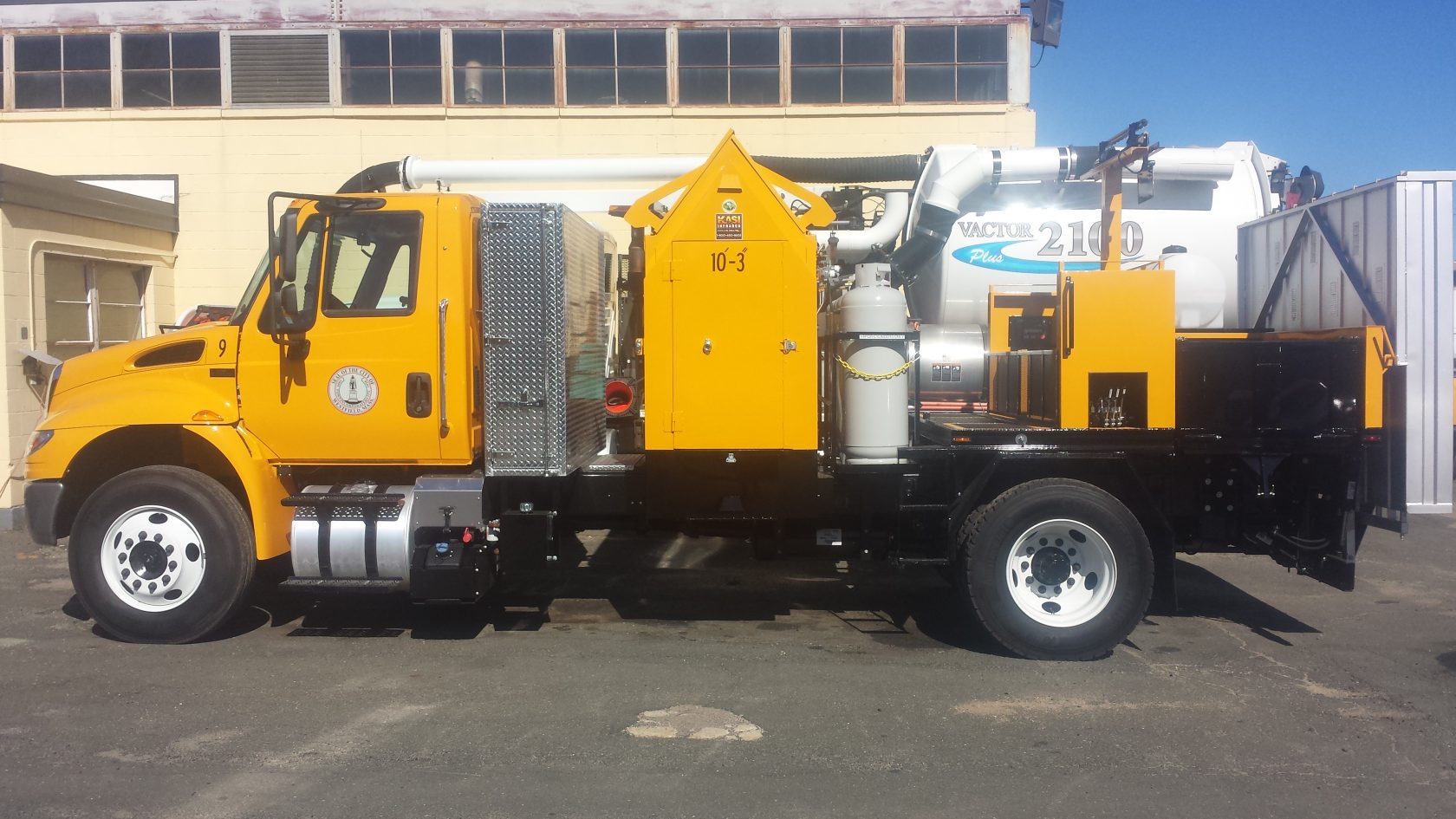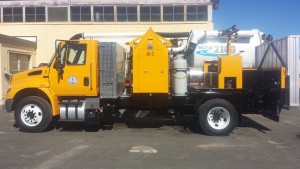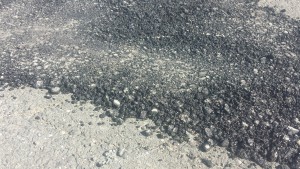WESTFIELD–The Department of Public Works is putting the finishing touches on getting their new infrared asphalt truck up and running.
The vehicle is expected back from final repairs in the next few days at which point crew members will learn how to operate the new machine. The technology was produced by Kasi Infrared and crew members will be taught about the vehicle from the same company. The vehicle cost about $180,000 for the city, but it is expected to reduce the amount of road repairs needed, as well reduce the amount of manpower and other benefits, which offsets its cost.
“Patches used to get replaced in a year or a month,” Francis Cain from the Department of Public Works said. “With the new infrared technology repairs will last significantly longer.”
The existing form of asphalt repair is known as “patch-and-go,” which means that the potholes are filled with asphalt and the crews move on. This form of pothole repair though, can cause issues.
With current asphalt patching, the repair has seams around and under the patch, which causes water to enter under it. This can lift or loosen the asphalt, especially with high amounts of moisture or frost heaves during the winter months.
Additionally, the asphalt can also come loose from traffic going over the asphalt. For instance, when you drive your car over asphalt you may hear pebbles pinging off the metal of your car’s undercarriage, and that is the asphalt wearing away. Other traffic can include snow plows, which Public Works employees suggest can wipe away an entire patch at once.
With the infrared technology, the existing asphalt that needs repair is heated by infrared that’s on a 6 feet by 9 feet platform that is lowered down over the area. This platform heats the asphalt to over 350 F and loosens it to the point where workers can scarify, or break up, the surface with rakes as far as 3 inches deep.
From here, the new asphalt mixture is added to the existing asphalt and is leveled. Then, some additional oils and a spray are used to help maintain the mixture and to seal it.

The infrared version of asphalt repair, where there is less of a raised repair portion and no loose gravel or space.
According to Brian Cheddar, sales manager for Kasi and the man who will be educating the crews on the technology, this process creates a seal for the repair through “thermal bonding.” This bonding creates a seamless repair, which does not allow for moisture to get under the asphalt as easily and significantly lengthens the life of the repair.
Another benefit to the new vehicle is that it has multiple functionality, so instead of having multiple vehicles for an asphalt repair job, only one is needed. Additionally, with this reduced vehicle need there is a lower amount of man-power needed. So, for a job that would normally take a five-man crew, Cheddar said a two-man crew would be able to accomplish the same.
The new vehicle is expected to be on the road as soon as the middle of next week.





